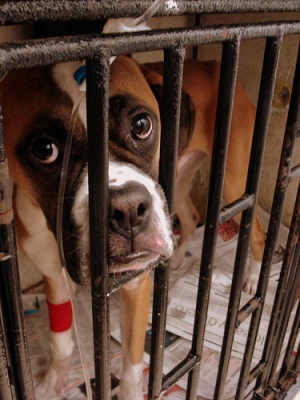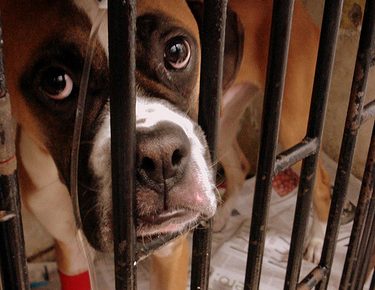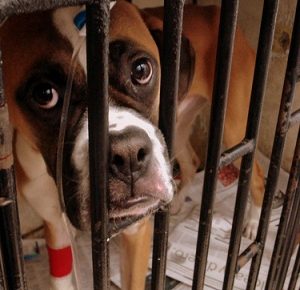
Just as in humans, the heart of a pet is muscle consisting of four chambers. Valves separate the chambers preventing blood from flowing back. Blood is sent to the lungs where it receives more oxygen and then travels throughout the body.
If dogs develop heart disease, it is usually in the valves, occasionally in the heart muscle. With cats, heart disease usually occurs in the muscle.
Symptoms in both dogs and cats can be shortness of breath, weight loss, difficulty breathing, weakness. Dogs can develop a cough, a distended abdomen, excessive panting, fainting, collapsing.
Disease of the heart muscle is called cardiomyopathy. It can be thinning of the heart muscle (congestive cardiomyopathy) or thickening of the muscle (congestive cardiomyopathy). With either type, the heart cannot pump enough blood to the rest of the body.
Valve disease occurs when a valve changes shape and does not close properly. This causes blood to flow back into the chamber creating an overload of blood. The extra blood can eventually cause the chamber to stretch leading it to enlarge. Sometimes this applies pressure to the windpipe (trachea) causing a dry cough and even arrhythmia (changes in the rhythm of the heart).
Heart failure can occur if blood overflows into the lungs, weakening the pet to a great degree.
Your veterinarian will determine if your pet has heart disease, examining him/her with a stethoscope, x-rays, ultrasound, electrocardiogram (ECG). Your vet can then tell you what type of heart disease and recommend the appropriate treatment.
In addition to any medications, certain amino acids found to be beneficial will be added – taurine which is always important in a cat’s diet and taurine and L-carnitine for dogs.
If you see any changes in the behavior of your pet or any symptoms of illness, take your pet to the veterinarian. Early diagnosis of illness can lead to successful treatment.
Related articles:
- Heart Problems in Dogs
- Diets for Pets with Heart Disease
- Recipes for Dogs with Heart Disease
- Recipes for Dogs with Kidney or Heart Disease



